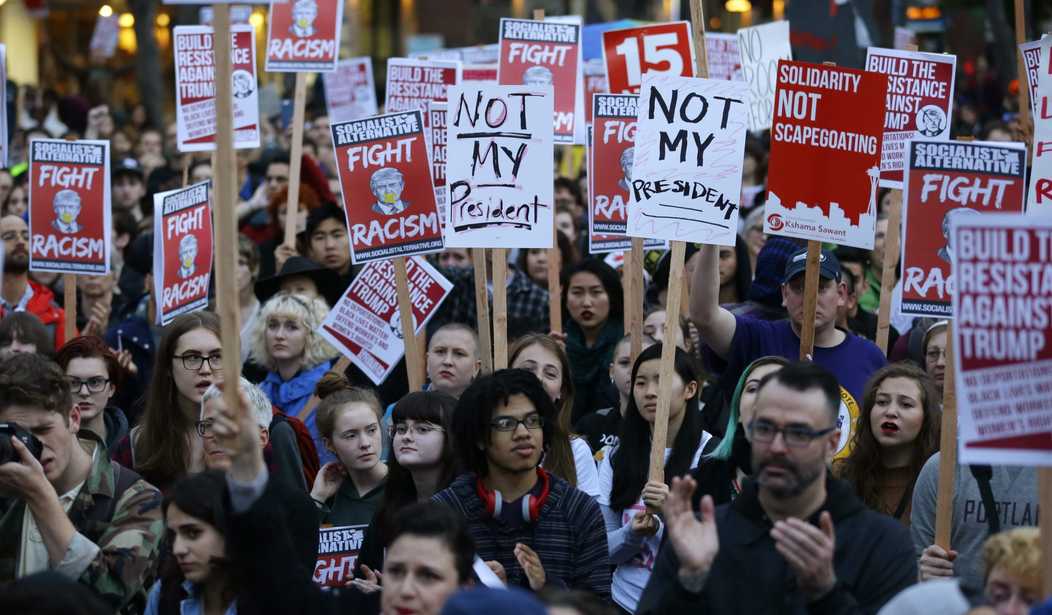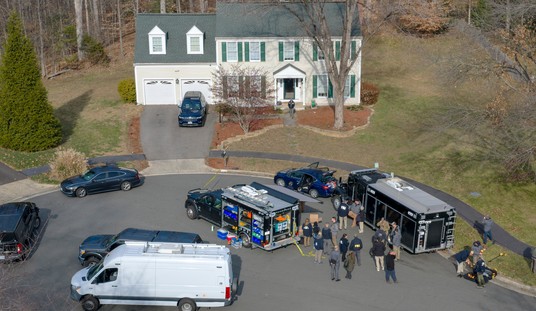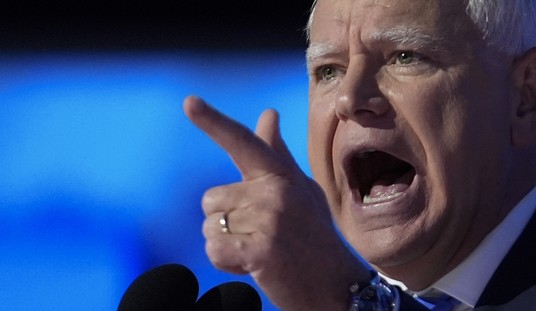Earlier this month, feminists celebrated Equal Pay Day, a protest against the statistical myth that American society is fundamentally sexist and pays men more than women for the same work. But the same activists were eerily silent when the Congressional Budget Office (CBO) reported on a different kind of pay gap — as it turns out, government workers tend to be paid more than private sector workers, and the gap is wider and more pernicious for the less educated.
“Overall, the federal government paid 17 percent more in total compensation than it would have if average compensation had been comparable with that in the private sector, after accounting for certain observable characteristics of workers,” the CBO reported Tuesday.
Unlike the famous “77 cents on the dollar” gender gap figure, this civil service gap is comparing apples to apples — workers in similar jobs with similar experience. The CBO explained that the federal government employs about 2.2 million civilian workers — 1.5 percent of the U.S. workforce — in 100 agencies over 650 occupations. As such, it is possible to compare federal workers with their counterparts in the private sector, taking into account talents, skills, and experience.
The CBO “sought to account for differences in individuals’ level of education, years of work experience, occupation, size of employer, geographic location, veteran status, and various demographic characteristics (age, sex, race, ethnicity, marital status, immigration status, and citizenship).” After all these things were taken into account, federal workers still received 17 percent more than their private sector counterparts.
That said, the differences were not spread out equally. The pay gap was wider between private and federal employees with less than a college education, and it actually reversed for the very highly educated.
Federal civilian workers with no more than a high school education earned 34 percent more in wages, on average, than similar workers in the private sector. Among those with a bachelor’s degree, federal workers earned 5 percent more than their market counterparts. By contrast, federal workers with a professional or doctorate degree earned 24 percent less than in the private sector.
Considering federal benefits made the gap even worse. Federal employees with only a high school education received a whopping 93 percent more in average benefits than comparable workers in the private sector. Civil service employees with a bachelor’s degree received 52 percent higher average benefits, and those with a doctorate or professional degree received about the same benefits in and outside the federal government.
Federal workers with a high school education enjoyed a full 53 percent improvement in overall compensation, compared with their private sector counterparts. Workers with a bachelor’s degree still enjoyed a 21 percent pay advantage, while those with even more education had an 18 percent disadvantage.
These numbers should trouble those who claim to be concerned about poverty, as the least educated workers experienced the highest pay gap. The federal government only employs 1.5 percent of the U.S. labor force (although most would say that is already quite high enough), which means that when high school graduates make more in the government than outside of it, federal workers have an advantage over the 98.5 percent.
Talk about an Occupy Wall Street “one percent” rallying cry!
The civil service pay gap is also getting worse. This CBO report took into account data between 2011 and 2015, and found that the pay gap had actually increased since the last report, which studied the time between 2005 and 2010.
So why don’t social justice warriors complain about the civil service pay gap? Besides generally preferring big government, liberals also support unions, and one of the major reasons federal workers make more than their private sector counterparts is the pernicious influence of private sector unions.
Against the warnings of that notorious big government liberal Franklin Delano Roosevelt (FDR), the United States government started allowing unions to represent federal workers.
“The very nature and purposes of government make it impossible for administrative officials to represent fully or to bind the employer in mutual discussion with government employee organizations,” FDR warned. “The employer is the whole people, who speak by means of laws enacted by their representatives in Congress.”
Government union members have outnumbered those in the private industry since 2009. According to the Bureau of Labor Statistics report for 2011, “Public-sector workers had a union membership rate (37.0 percent) more than five times higher than that of private-sector workers (6.9 percent).”
More union members means more bargaining power, and more abuse of power as well. In 2015, employees at the Department of Veterans Affairs (VA) worked no less than 1 million hours — on the taxpayers’ dime — for unions. Labor unions spent a record amount of money on the 2016 election — at least $1.73 billion — mostly for Democratic candidates.
But the political use of union dues and the taxpayer-funded hours worked for private unions aren’t the only negative effects of influential public sector unions. When a VA employee was caught watching porn at work — in front of a veteran patient, no less! — early this month, VA Secretary David Shulkin himself was unable to fire him immediately, because of the union’s red tape.
“I need the authority as secretary to remove these people immediately,” Shulkin declared. He added that “employees who don’t show up to work, who do cocaine, and who are watching porn at work, are gonna be fired, because I’m not gonna tolerate it.”
But in order to get the authority to fire these bad actors, Shulkin needs Congress to pass the VA Accountability Act of 2017.
It isn’t just the VA, either. Workers at the Environmental Protection Agency (EPA) are notorious for their expensive gym memberships, 6-hours-a-day porn sessions, DUIs on the clock, hiring family and friends, and in one case actually launching an illegal “rogue law enforcement agency” against the inspector general.
America needs broad civil service reform — and that is an even clearer equal pay issue than the gender gap, the “fight for 15,” and the Occupy Wall Street inequality marches. Unlike those cases, this gap actually deals with federal policy — and the taxpayers are footing the bill.









Join the conversation as a VIP Member